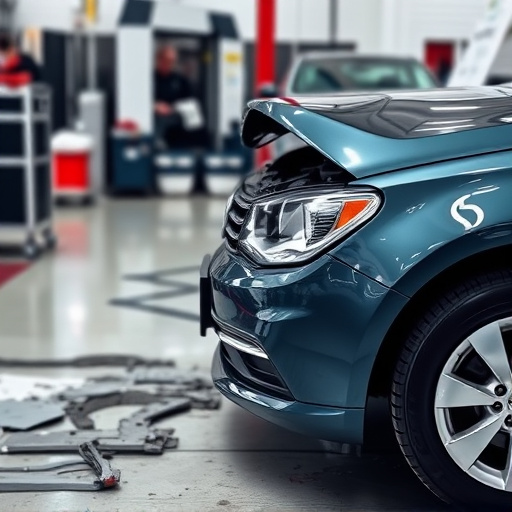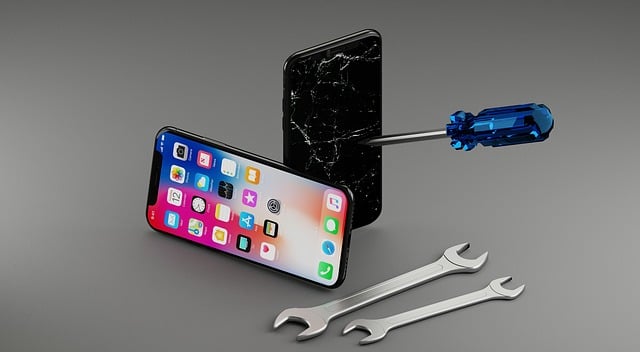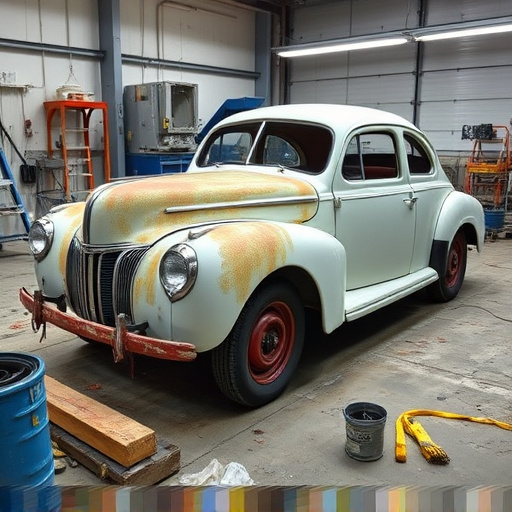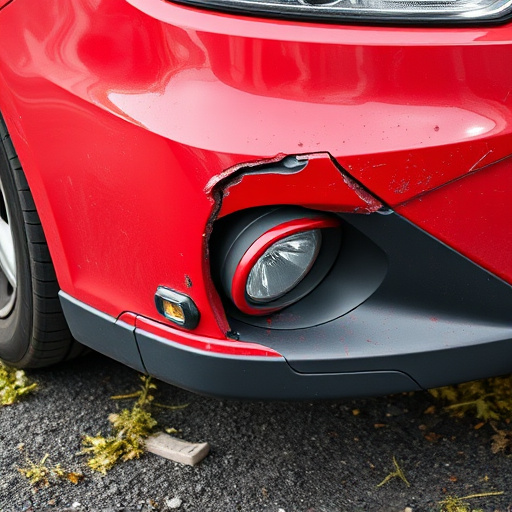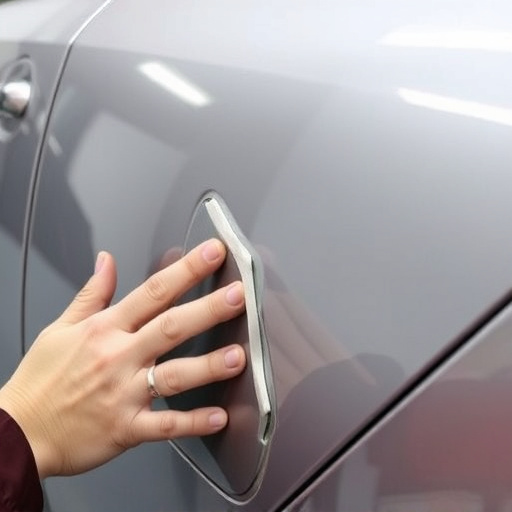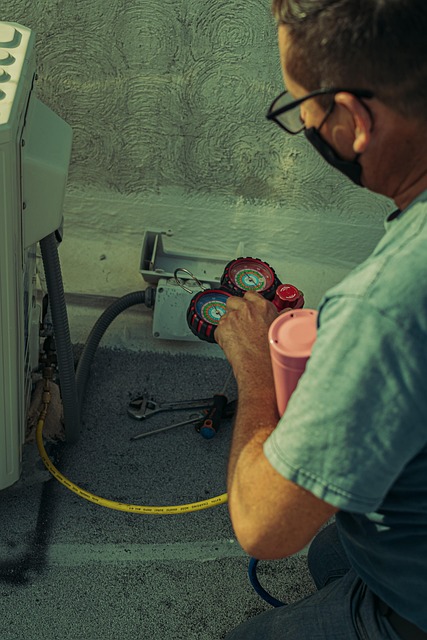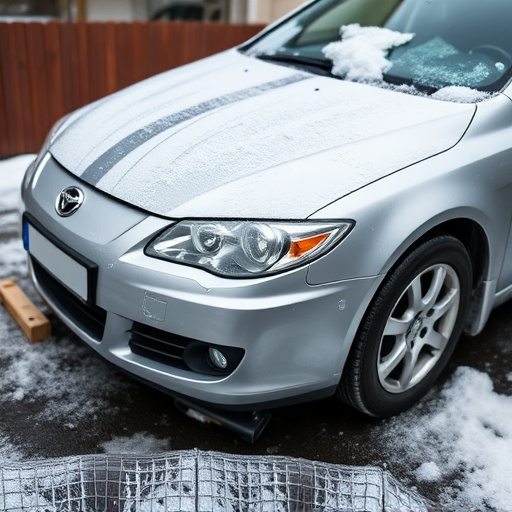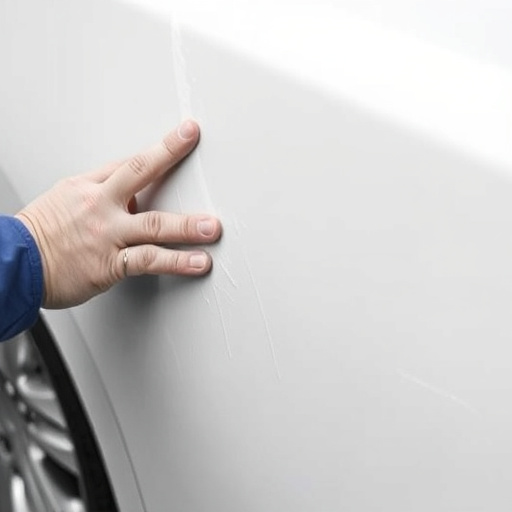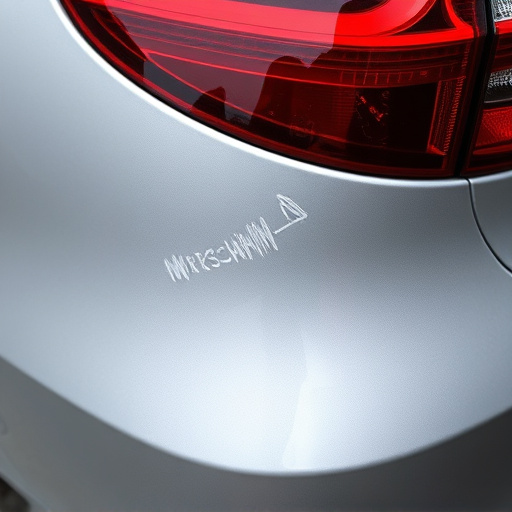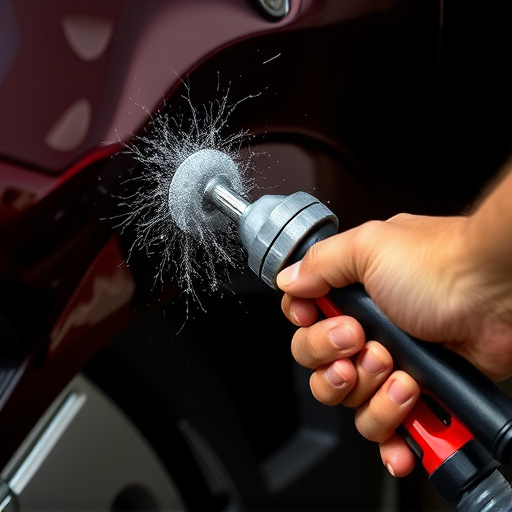In today's digital era, post-repair safety inspections are legally required for auto professionals to ensure public safety on the road. These thorough checks cover critical components like brakes, lighting, and structural integrity, addressing potential hazards missed during initial services. Compliance is crucial to avoid legal repercussions and build trust with customers, demonstrating quality service and vehicle safety upon departure from the shop. Omission carries significant risks, leading to financial penalties and liability claims; customers expect their vehicles' integrity post-repairs, making these inspections vital for accident prevention and regulatory compliance.
In today’s world, a post-repair safety inspection is not just a recommended practice but a legal necessity. With complex machinery and evolving safety standards, it’s crucial for businesses to understand and adhere to these regulations. This article delves into the significance of post-repair safety inspections, exploring legal implications of their omission and highlighting benefits and best practices for comprehensive checks. By understanding these key aspects, businesses can ensure compliance, mitigate risks, and foster a safer environment.
- Understanding Post-Repair Safety Regulations
- Legal Implications of Omitted Inspections
- Benefits and Best Practices for Comprehensive Checks
Understanding Post-Repair Safety Regulations

In today’s digital era, understanding post-repair safety regulations is no longer a mere recommendation but a legal necessity. This shift is driven by the increasing complexity of modern vehicles and the need to ensure public safety on the road. Auto maintenance professionals are required to conduct thorough inspections after any repair, including bumper repairs and dent repairs, to identify potential hazards that could have been overlooked during the initial service. These post-repair safety inspections cover a wide range of critical components, from brake systems and lighting mechanisms to structural integrity and emissions controls.
Failing to comply with these regulations can result in severe legal consequences for auto repair shops and their owners. It’s not just about adhering to the letter of the law; it’s also about fostering trust between businesses and their customers. By implementing robust post-repair safety inspection protocols, auto maintenance providers demonstrate their commitment to quality service and customer satisfaction, ensuring that vehicles leave their facilities in safe operating condition. This practice is a game-changer in the industry, promoting a culture of accountability and reliability.
Legal Implications of Omitted Inspections
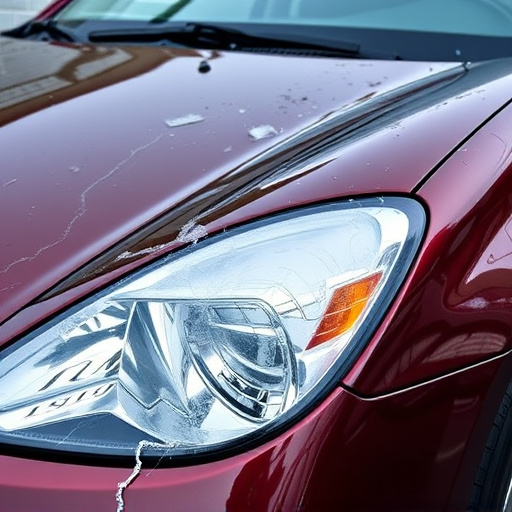
The omission of a post-repair safety inspection can have significant legal ramifications for auto repair shops and their customers alike. In many jurisdictions, auto repair facilities are legally obligated to ensure the safety of vehicles after any repair or modification work is carried out. This includes identifying potential hazards and ensuring that all components meet the required safety standards. Failure to conduct a thorough post-repair inspection can result in severe consequences for the repair shop, including financial penalties, legal disputes, and even liability claims.
Customers who opt for automotive repair services, especially those involving complex procedures like dent removal or other significant modifications, have the right to expect their vehicles’ safety and integrity. A post-repair safety inspection is not just a best practice but a crucial step in protecting both the client’s interests and ensuring compliance with local and national regulations. This process helps identify any issues that might arise from the repair work, thereby preventing potential accidents and safeguarding against legal issues for the auto repair shop.
Benefits and Best Practices for Comprehensive Checks
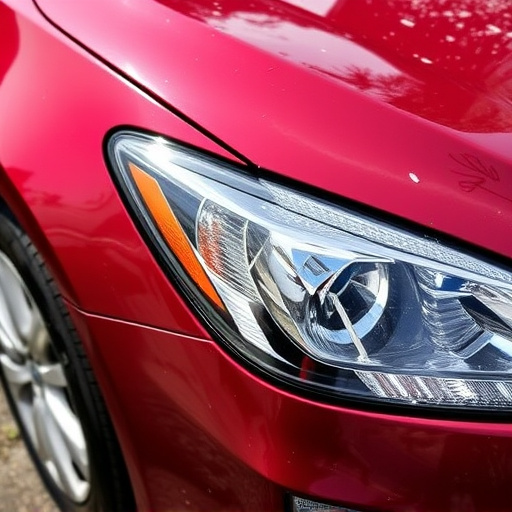
Post-repair safety inspections are not just beneficial; they are a legal necessity in today’s world. These comprehensive checks ensure that vehicles, after undergoing repairs or restoration, meet the highest safety standards. By identifying potential issues early on, car repair shops can prevent accidents and protect their customers from unnecessary risks. A thorough inspection includes a detailed look at all critical components, such as brakes, lighting systems, tires, and structural integrity of the vehicle body repair, especially after an auto painting session.
Best practices for these inspections involve using advanced diagnostic tools to check for any code violations or hidden damage. Trained technicians should perform visual examinations and manual tests to verify that every part functions optimally. For instance, checking the alignment and balance of wheels and tires can prevent uneven wear and tear, ensuring a smoother ride and improved safety. Regular post-repair safety inspections not only comply with legal requirements but also build trust between repair shops and their clients, fostering long-term relationships based on quality service and customer satisfaction.
Post-repair safety inspections are not just recommended, but a legal necessity in today’s world. As we’ve discussed, understanding relevant regulations, recognizing the serious implications of omitting these checks, and embracing best practices for comprehensive inspections are vital steps towards ensuring safety and avoiding legal repercussions. A robust post-repair safety inspection protocol is a game-changer that fosters reliability, protects businesses, and ultimately safeguards consumers.

